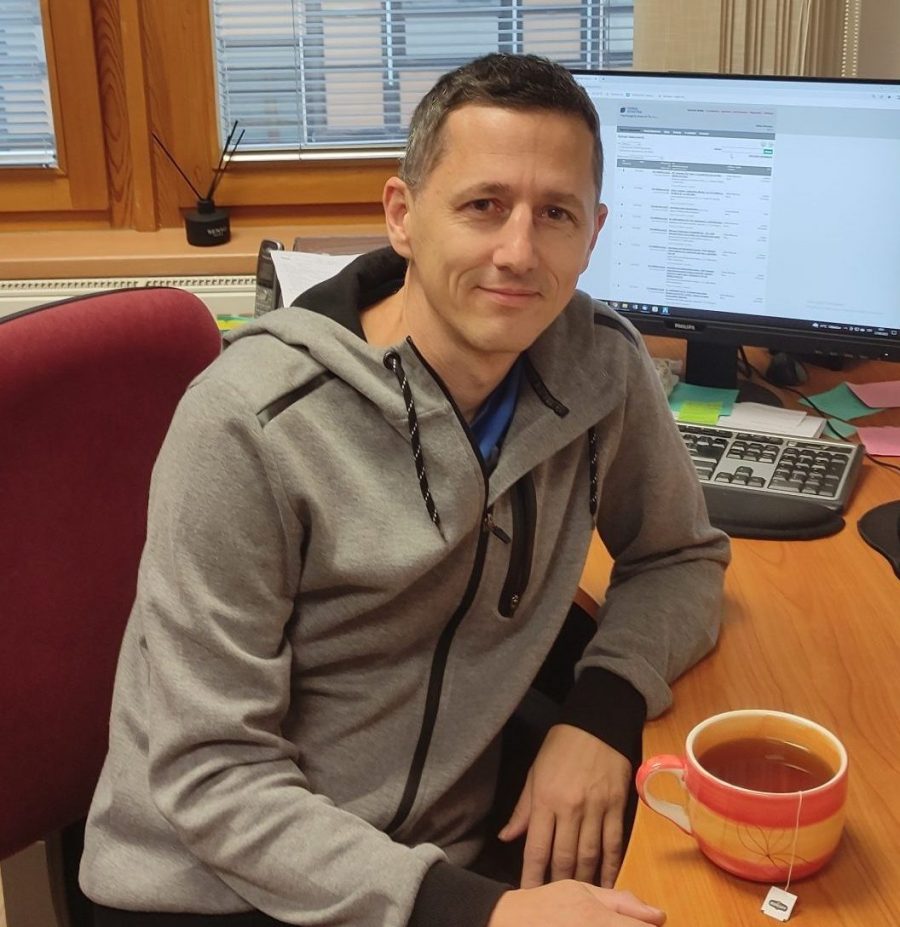In the research conducted in the first half of 2020, the researchers asked 45 questions to a total of 539 geography teachers in the Czech Republic (this was a representative set of 10% of all geography teachers at lower secondary schools). The results divided Czech teachers into nine conceptions – categories.
The researchers started from the ideas of the English expert Simon Catling, who pointed out that not only geographical knowledge is important for quality teaching of geography, but also how teachers can use their knowledge in teaching. This is related to the teachers’ preferences in the field of geography – i.e. which geographical thinking they prefer, and at the same time to what extent they take into account the pupils and their educational needs.
“There are teachers who have solid professional knowledge, but they lack the skill to convey this knowledge to pupils – not only in the form of explanation but also in the form of active involvement of pupils in their own learning,” says one of the authors of the research, Petr Knecht. “It may happen that a teacher with deep professional knowledge may tend to demand rote knowledge from his pupils as well. However, this can cause the low attractiveness of geography in the eyes of pupils and the feeling that isolated geographical knowledge is not usable in everyday life.” On the contrary, it can also happen that “the teacher can mask his professional ignorance, for example, by tending to a high degree in his teaching to popular topics, e.g. environmental issues, and going out with the pupils more often. In this case, however, it can only be a waste of time, as the teaching is not professionally anchored.”
In the online calculator, you can test which conception the diagnostic model will choose for you.
In an ideal case, a geography teacher should operate in several conceptions and, at the same time, should also clearly distinguish individual teaching conceptions and combine them meaningfully. The project  is an ideal platform to make teaching geography fun for students and teachers and to be in line with current trends in professional geography.
is an ideal platform to make teaching geography fun for students and teachers and to be in line with current trends in professional geography.
Identifying your conception of teaching geography is an important step to ensure that your teaching is professionally sound and, at the same time, fun for you and your students. The application will offer you opportunities to develop your prevailing conceptions further. It will show you learning tasks, activities, tools, possibly related assessment procedures and teaching methods that can enrich what you are used to.
At the same time, Geo4Tea will allow you to look into other conceptions and be inspired by how someone else would think about the geography curriculum. You will be surprised by how many ways one geographical topic can be discussed. Using examples from practice, we will show you all conceptions of geography teaching and how to achieve complex geography lessons with your pupils.
Click! The figure briefly describes the nature of the individual conceptions. Question marks explain connections between conceptions.
Look at the arrangement of all the conceptions, how they are interrelated, and in what group. The links between the conceptions can also be seen as a guide to systematically exploring all the conceptions.
RESEARCH TEXTS THAT BECAME THE BASIS OF OUR MISSION:
Svobodová, H., Spurná, M., & Knecht, P. (2020). The concept of geography and geographic education among teaching students in the Czech Republic. Geography, 124 (4), 501-526.
Knecht, P., Spurná, M., & Svobodová, H. (2020). Czech secondary pre-service teachers’ conceptions of geography. Journal of Geography in Higher Education, 44(3), 458-473.
Spurná, M., Knecht, P., & Svobodová, H. (2021). Perspectives on geography education in the Czech National Curriculum. International Research in Geographical and Environmental Education, 30(2), 164-180.
Knecht, P., & Spurná, M. (2022). Does specialization in geography teaching determine teachers’ conceptions of geography teaching? International Research in Geographical and Environmental Education, 31(3), 242-260.

.png)
.png)

.png)















